Disclaimer: For the Change the Planet with PSoC® IoT Design, we will redesign the hardware to use the Cypress’ PSoC® 6 Wi-Fi/Bluetooth module on it. We will redesign using KiCAD.
We believe that on our new world in 2020, due the pandemic with COVID-19, we are going to change the way that we interact with things, and using this tech, we can avoid contact with others. This project can be used to detect presence and control lights, without touching the light switch.
This will be very helpful in home, commercial and others building with a lot of human interaction. He hope that this can avoid proximity and human interaction.
For the contest, we plan to use the CY8CKIT-062-WIFI-BT or both boards. You decide!
The very first version based on ESP32 (by Eagle CAD) "Soon will be KiCAD!!!!"

This project is based on the ESP32 SoC (8MB flash) with WiFi and Bluetooth radios.
Peripherals used on this prototype:
- 2 outputs for AC loads using 4A TRIACs
- 2 inputs for AC/DC detection using optocouples
- 2 IR outputs for infrared emitters (P2 jack)
- 1 oneWire for temperature sensor
- 1 I2C pinout for OLED displays
- 2 LEDs for user debug
- 2 buttons for reset and user configuration
The firmware is still under development and its based on the ESP-IDF.
The main features will be:
- Load control based on beacons detection
- Beacon detection notification
- Sensor acquisition and publish on the cloud
- Beacon filtering based on MAC address (to avoid fake devices)
- Some security features with crypto (must be feature)
- Alarms like "geofence"
- Remote control and timer features
The firmware project will be host on my personal GitHub account: https://github.com/pedrominatel
 Pedro Minatel
Pedro Minatel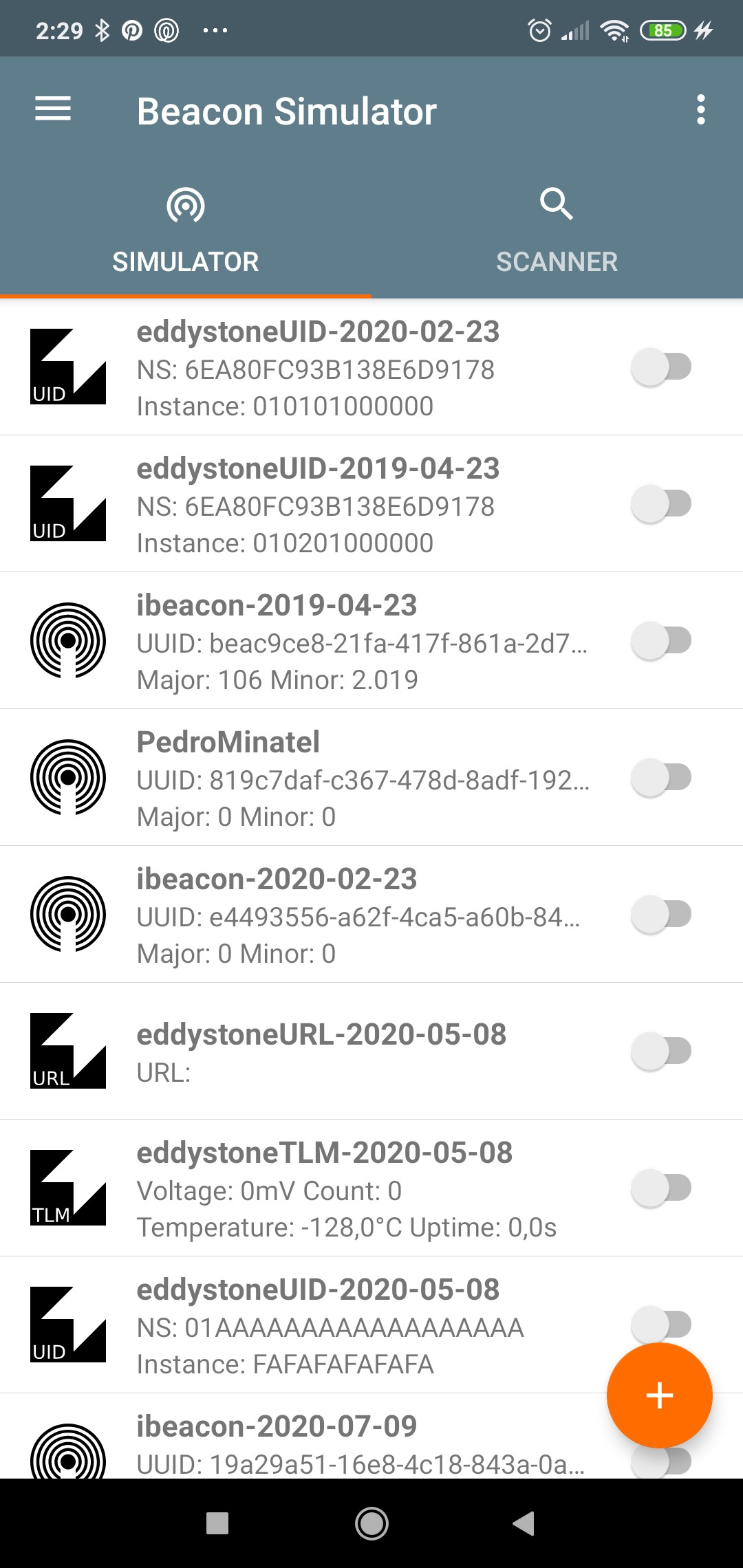
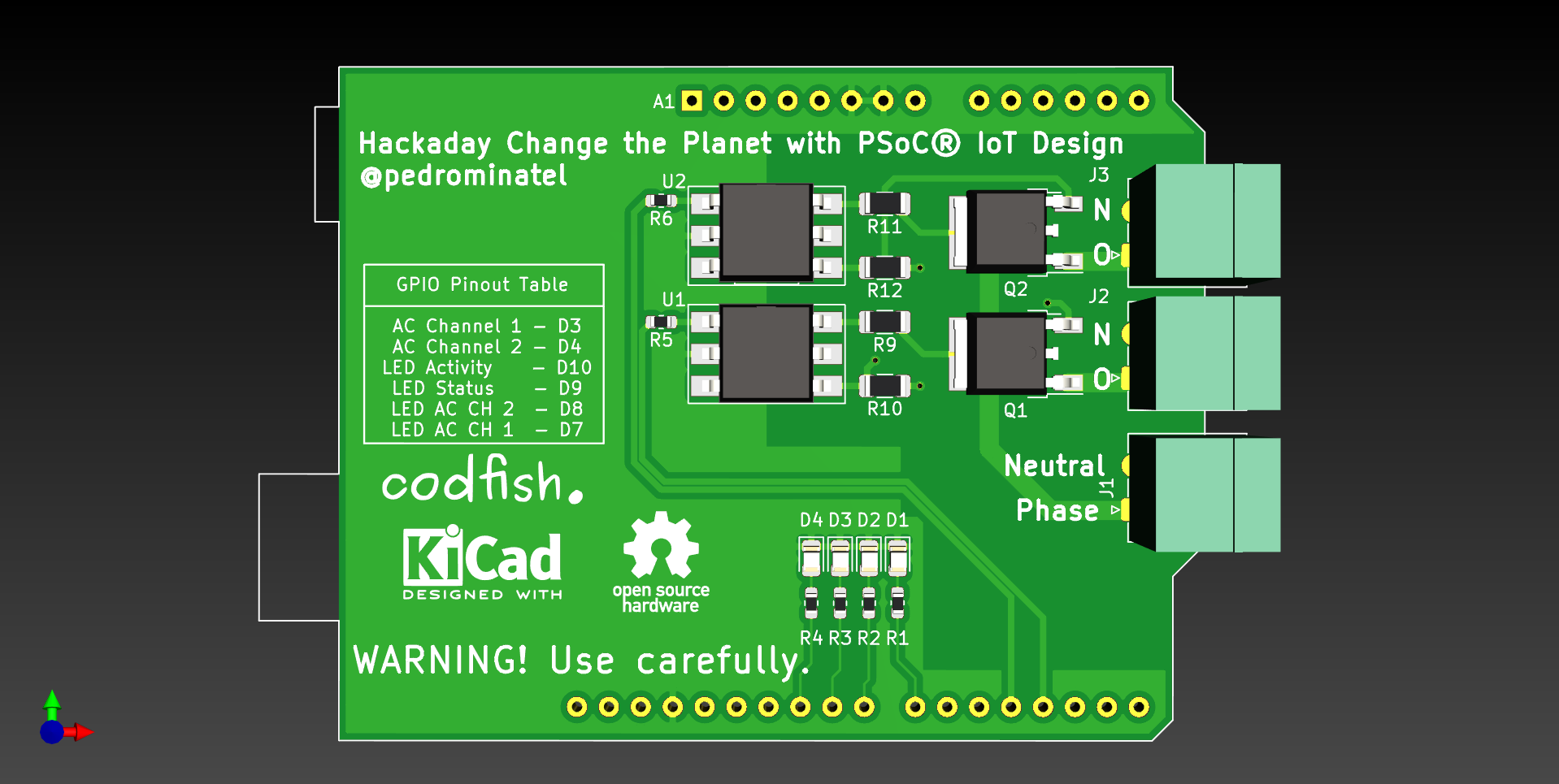
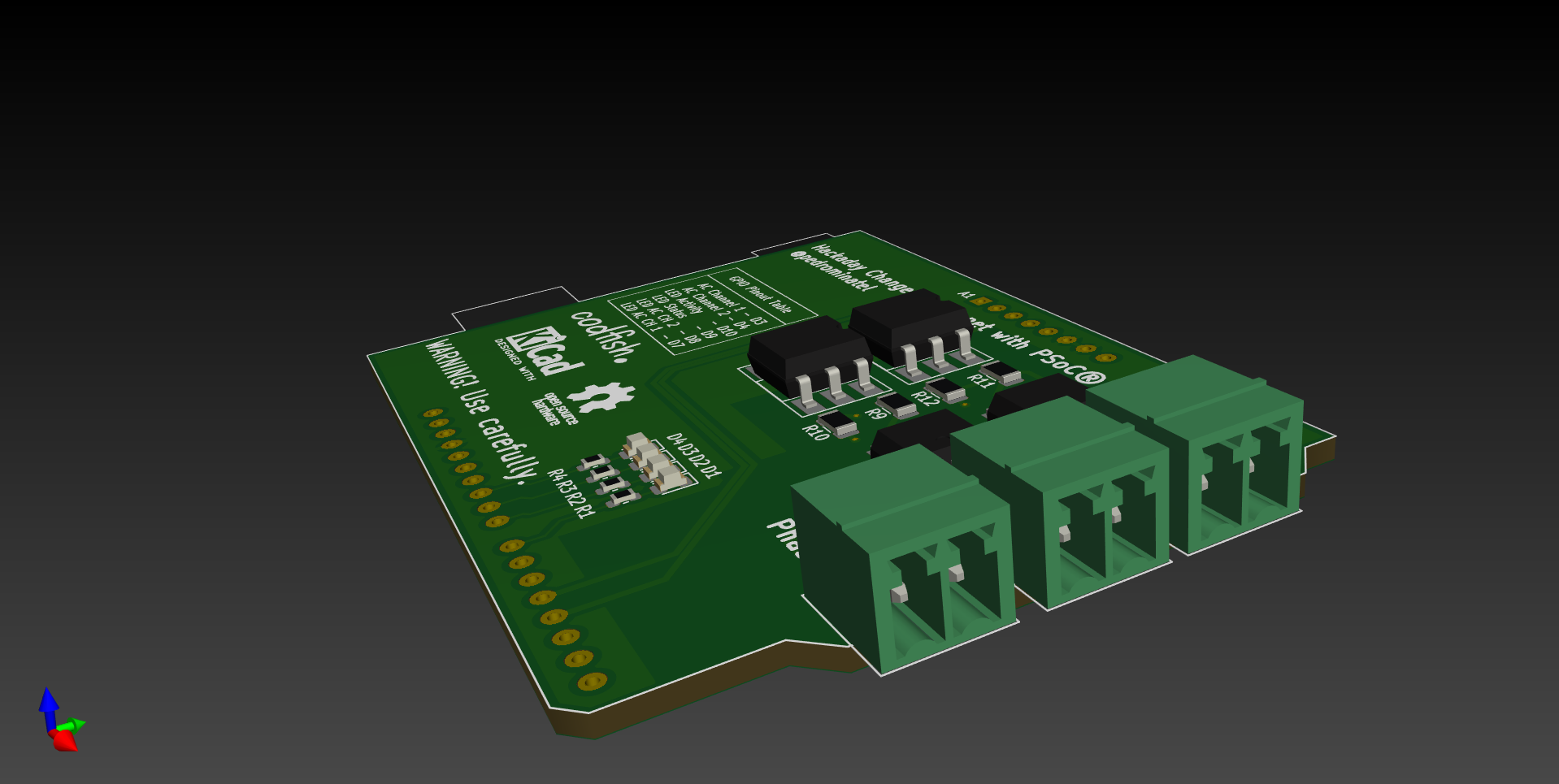
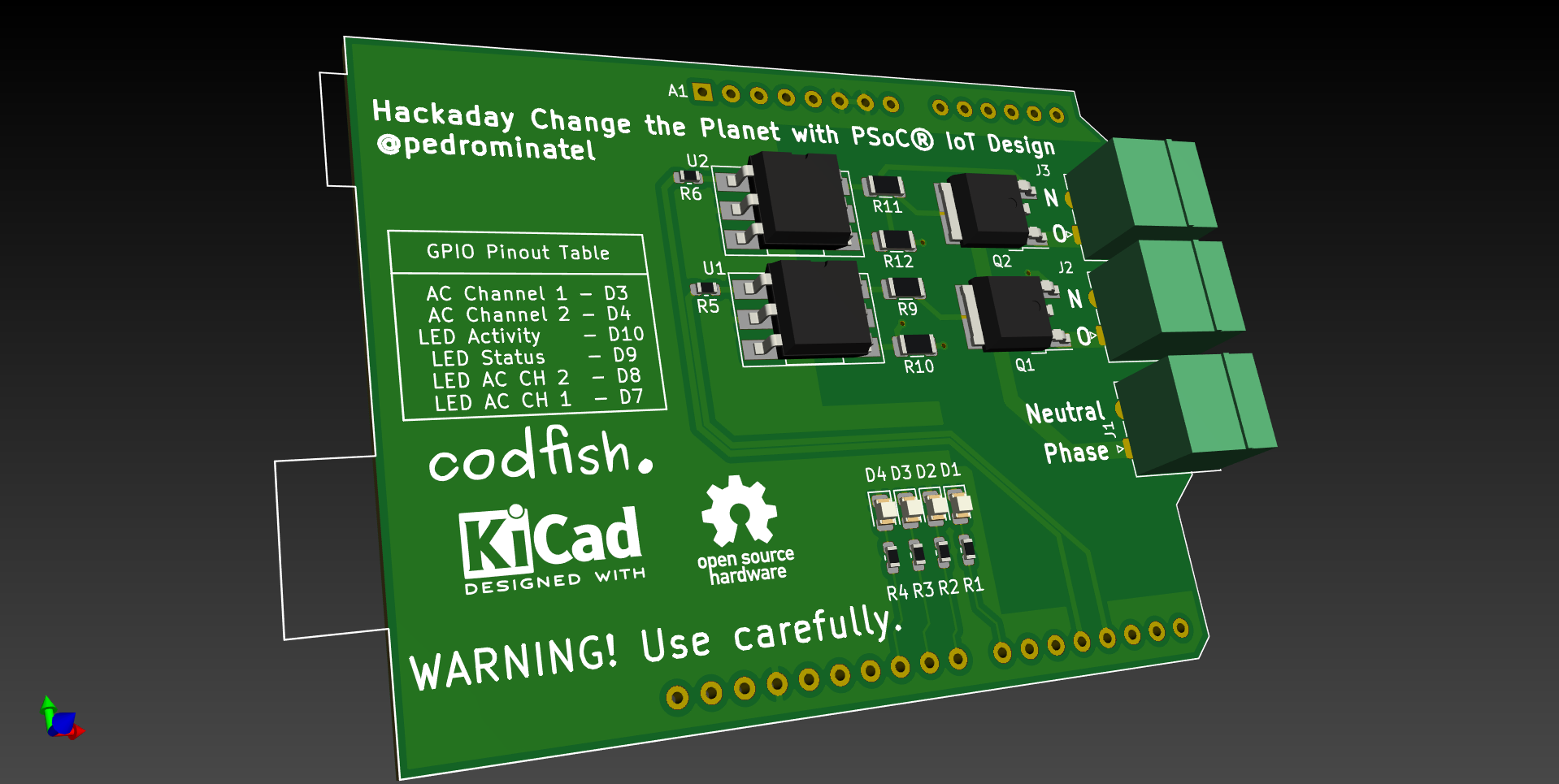
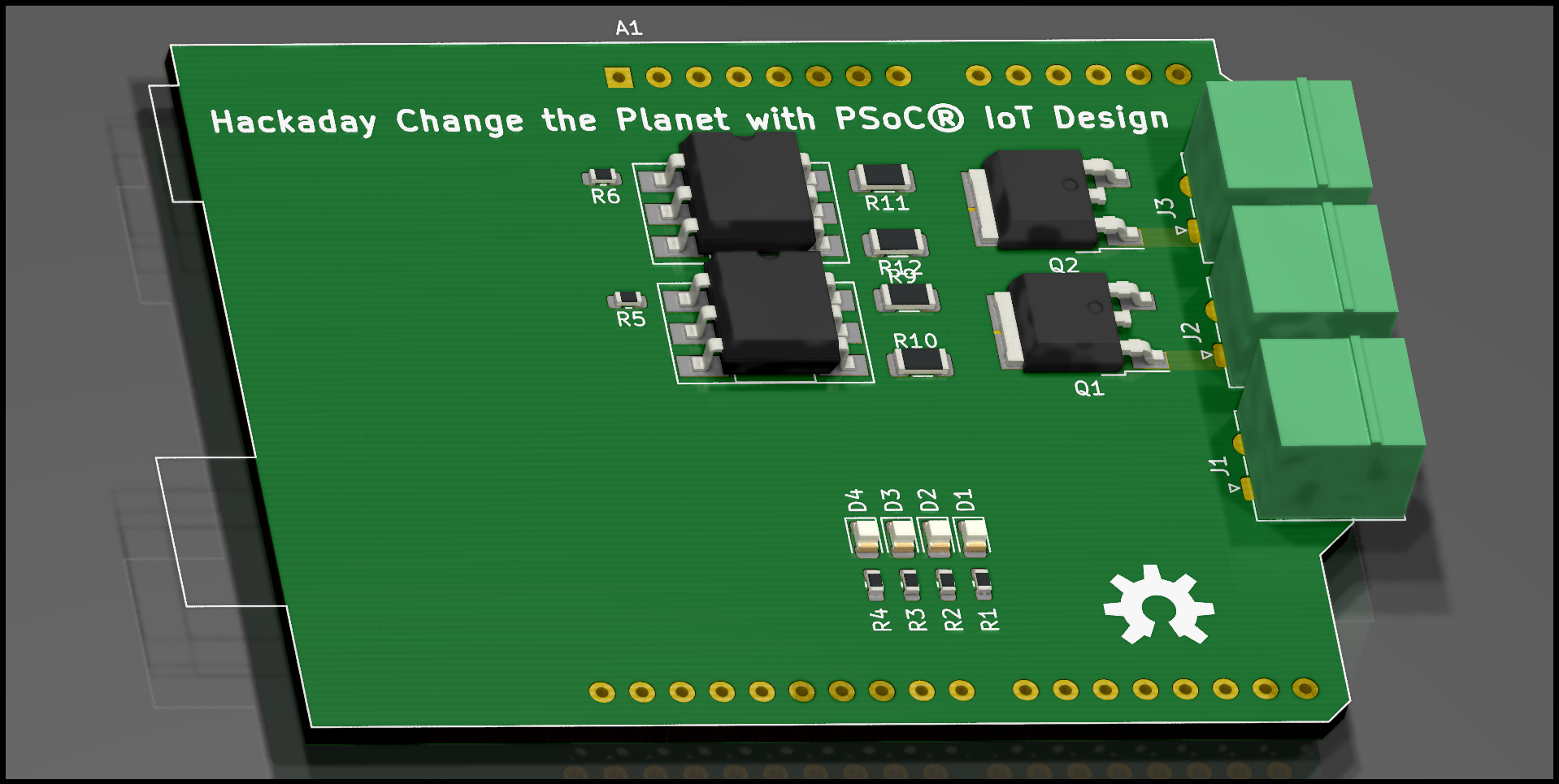

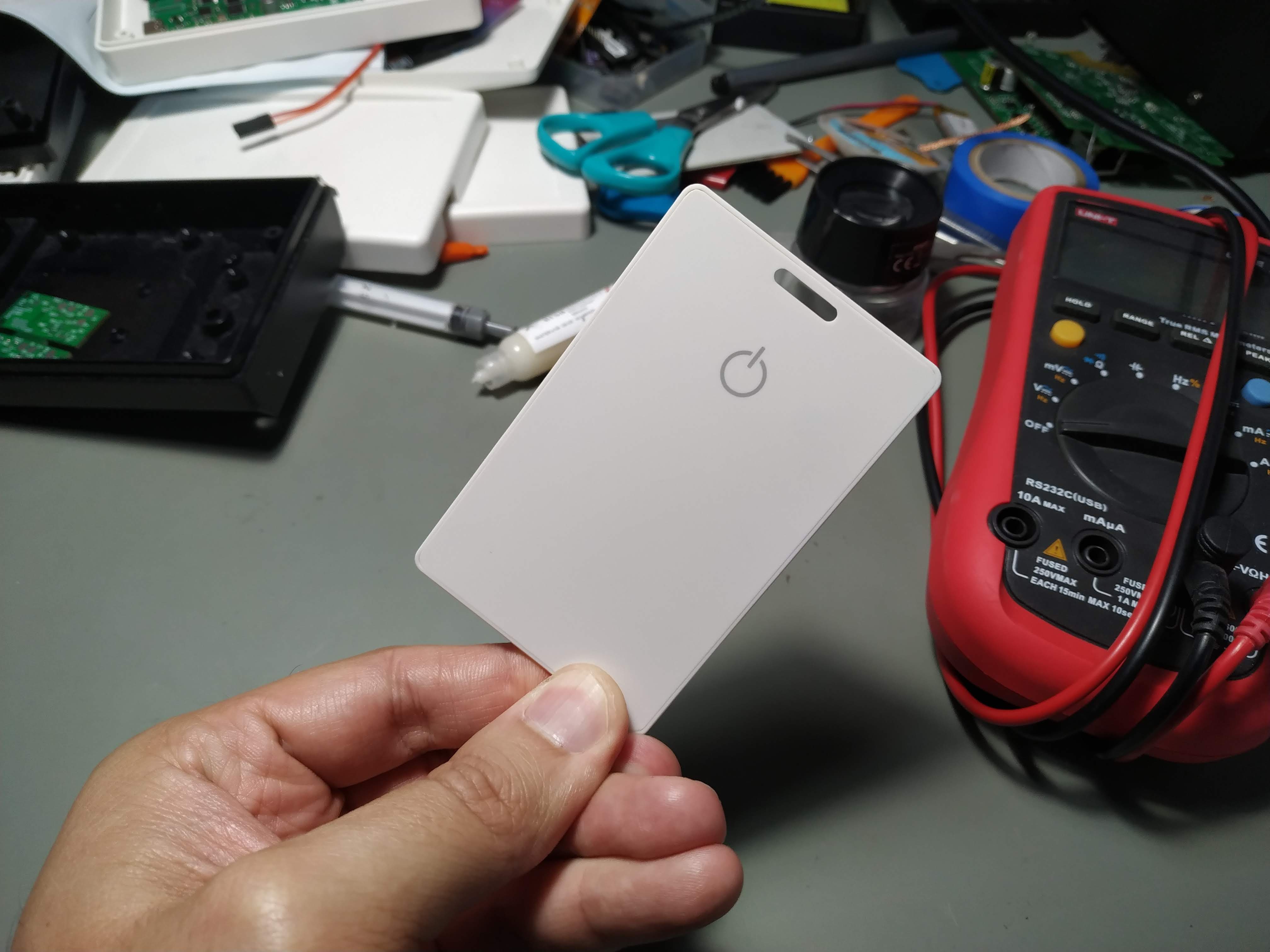
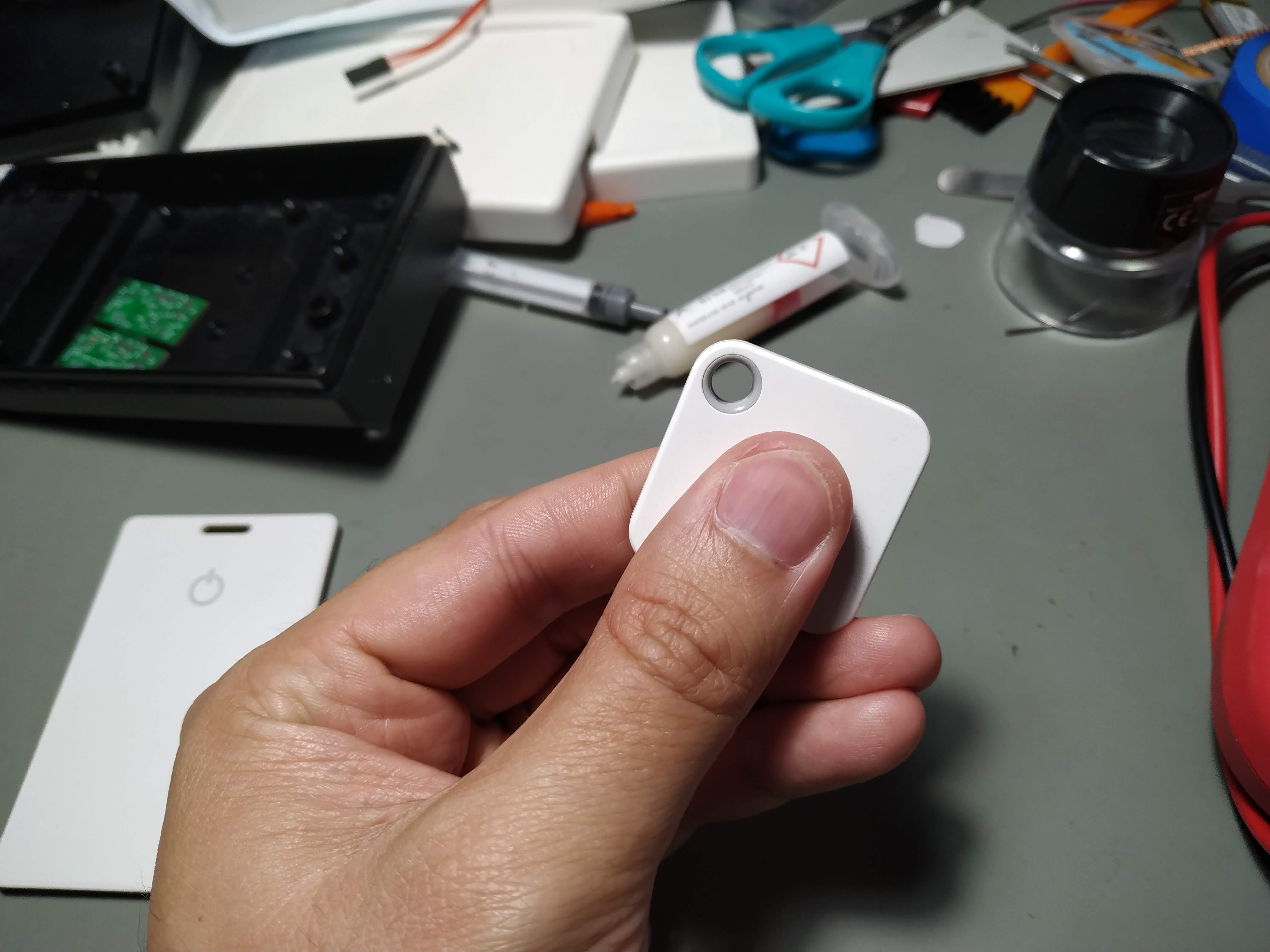
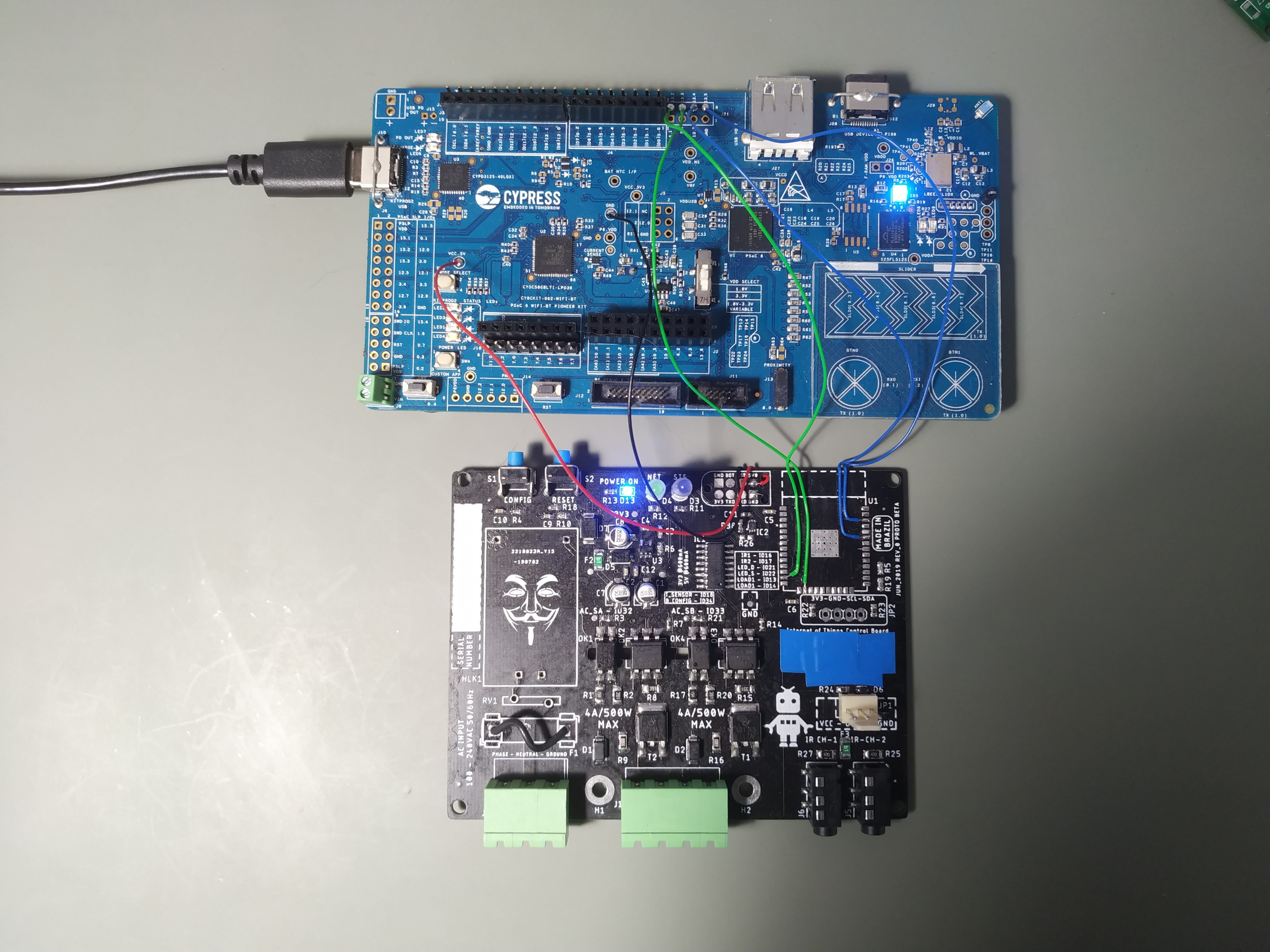
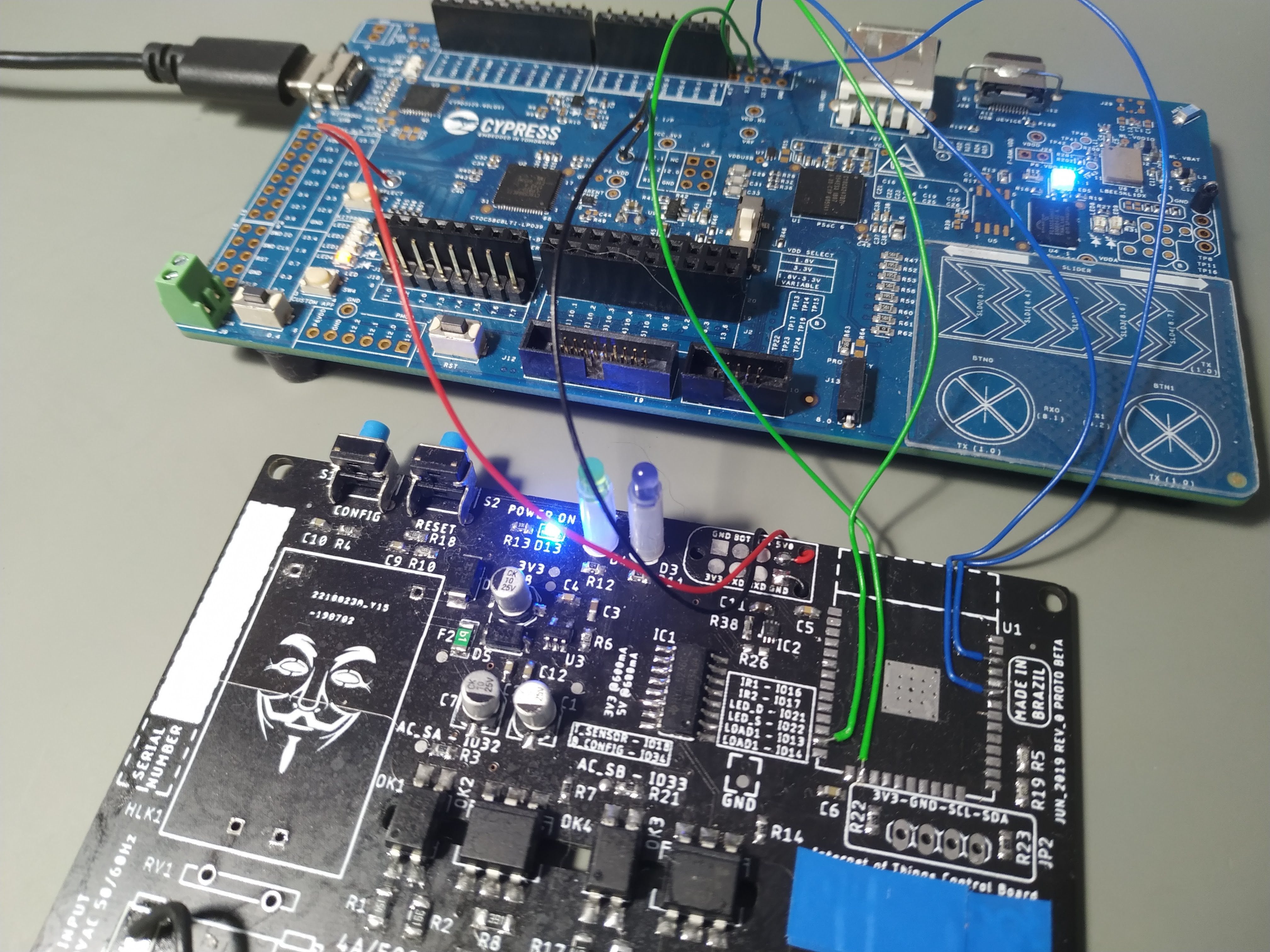
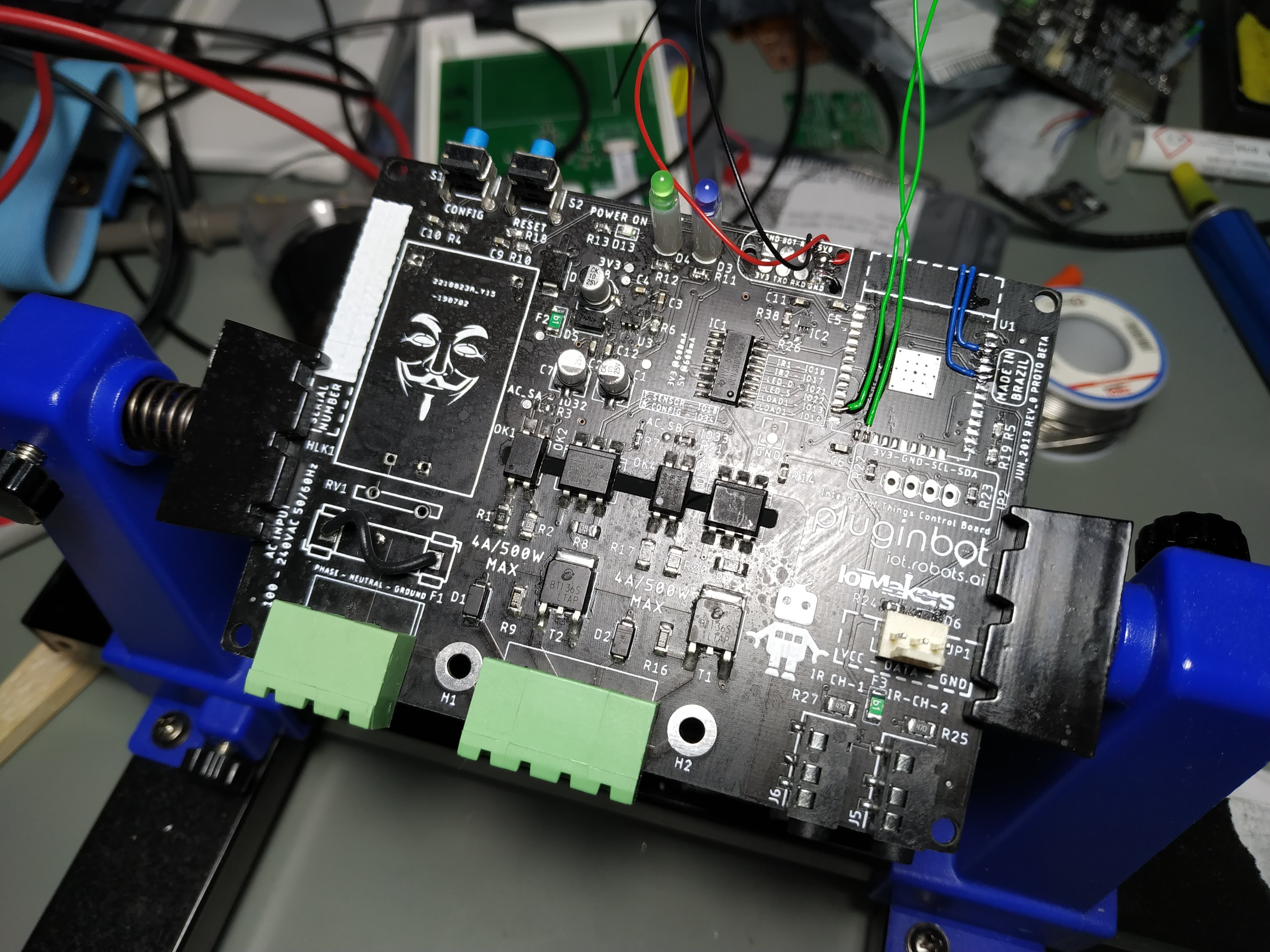


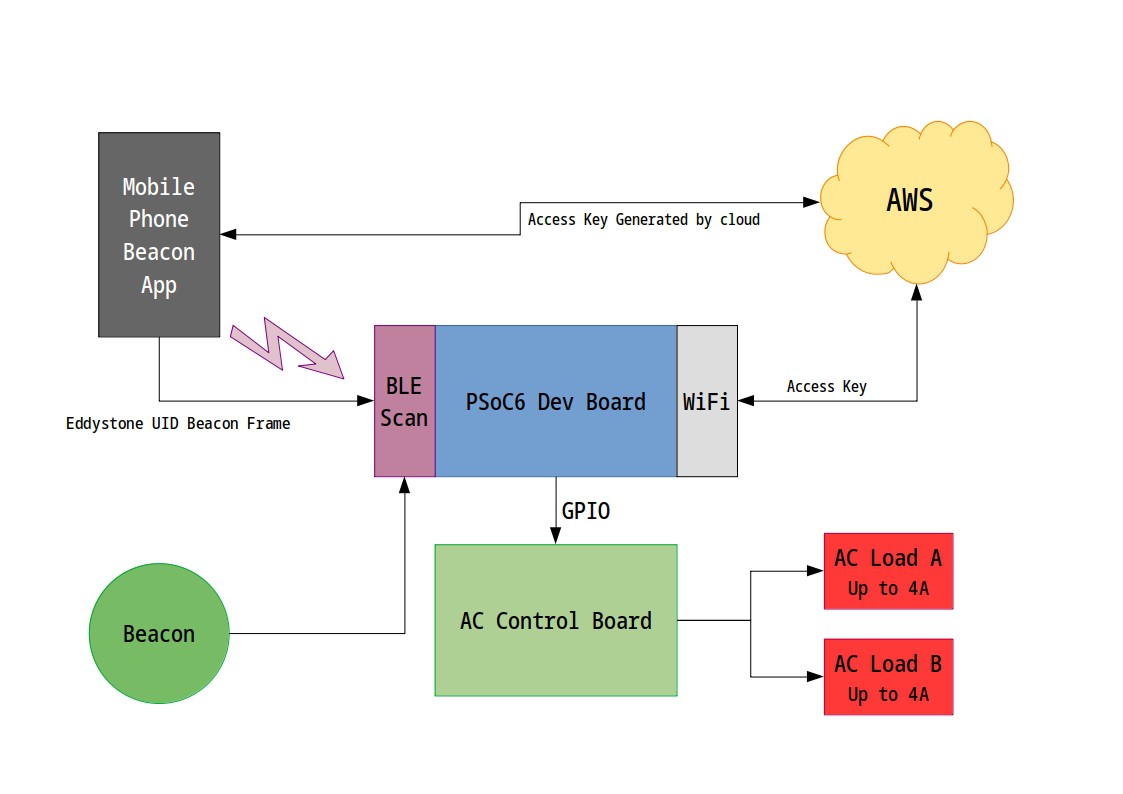
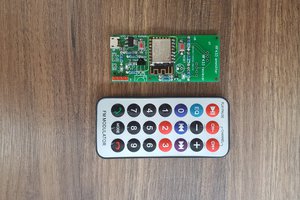
 andriy.malyshenko
andriy.malyshenko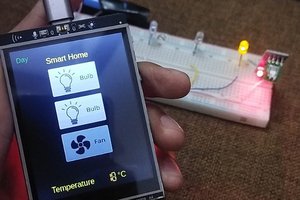
 Hackhobby Labs
Hackhobby Labs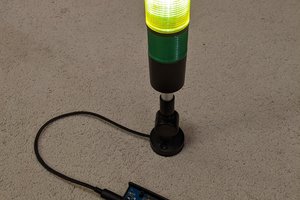
 Tyler Ward (Scorpia)
Tyler Ward (Scorpia)
 SirClover
SirClover